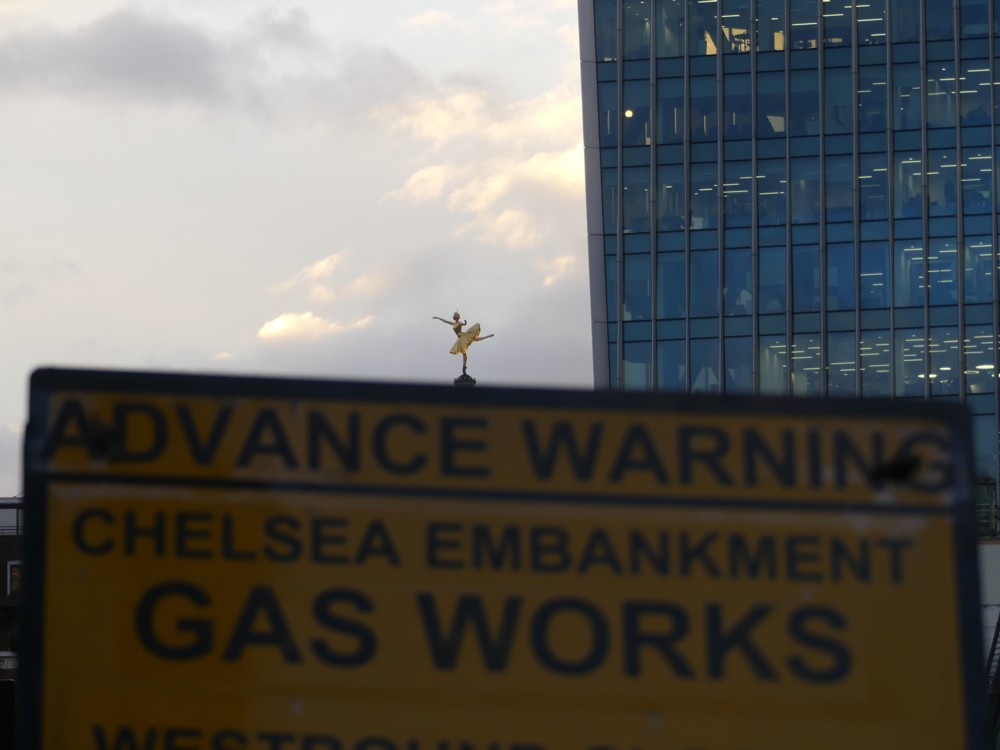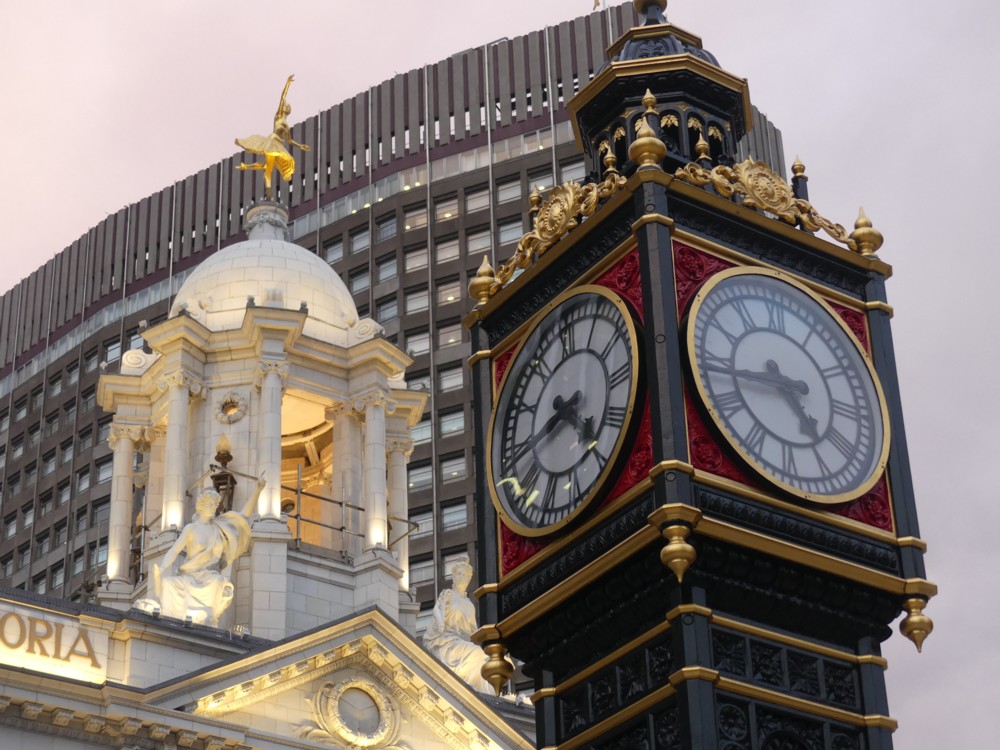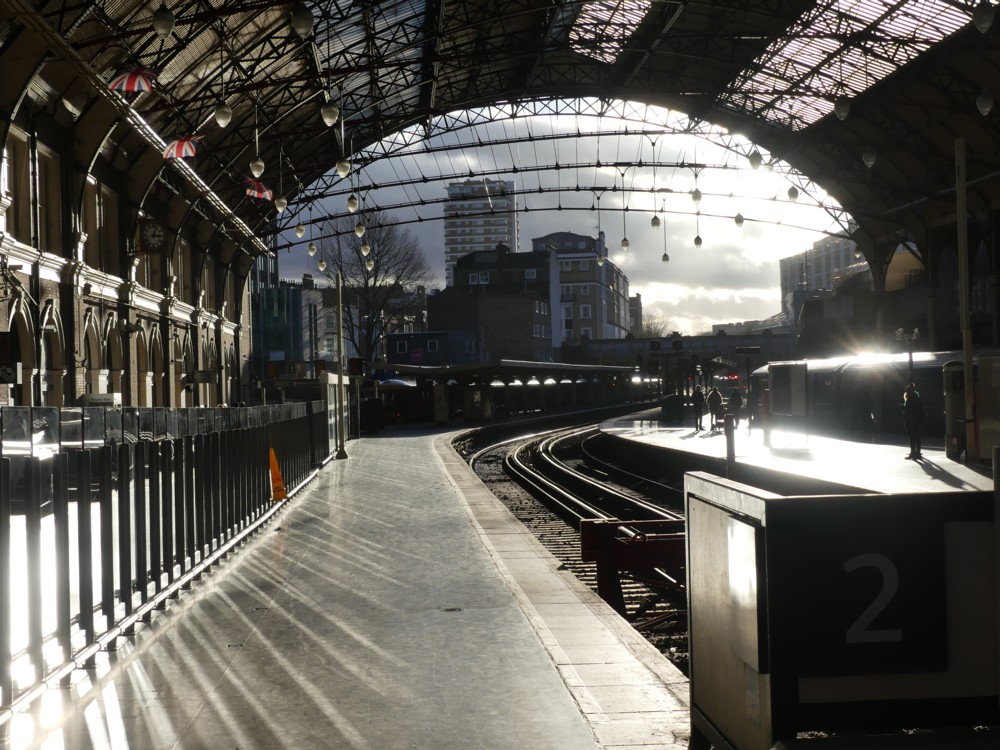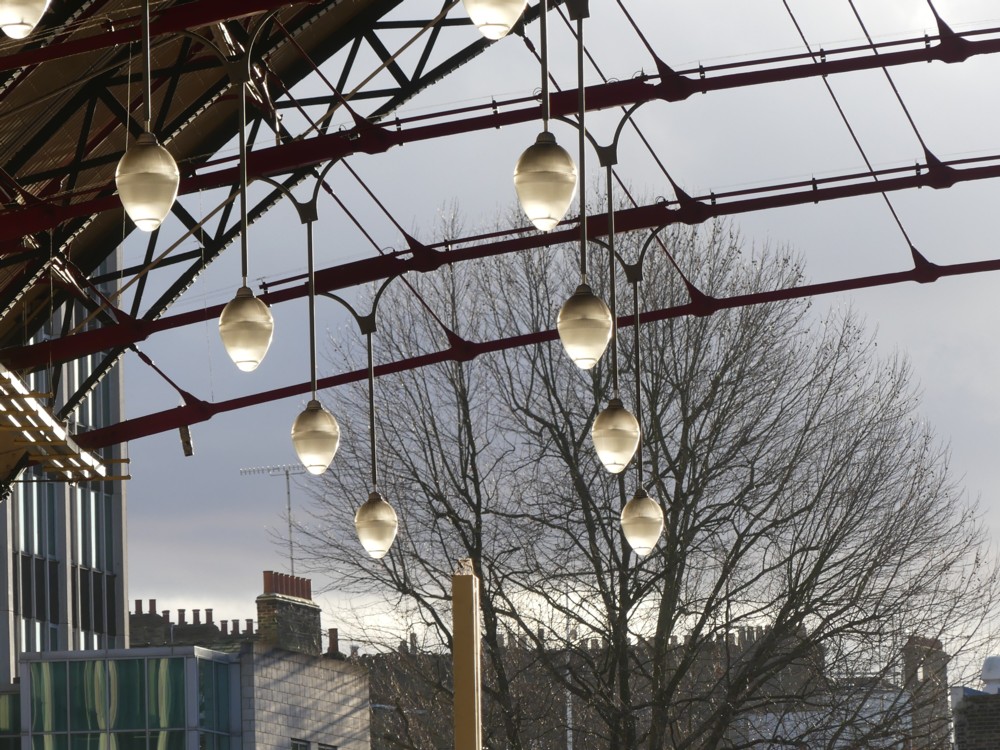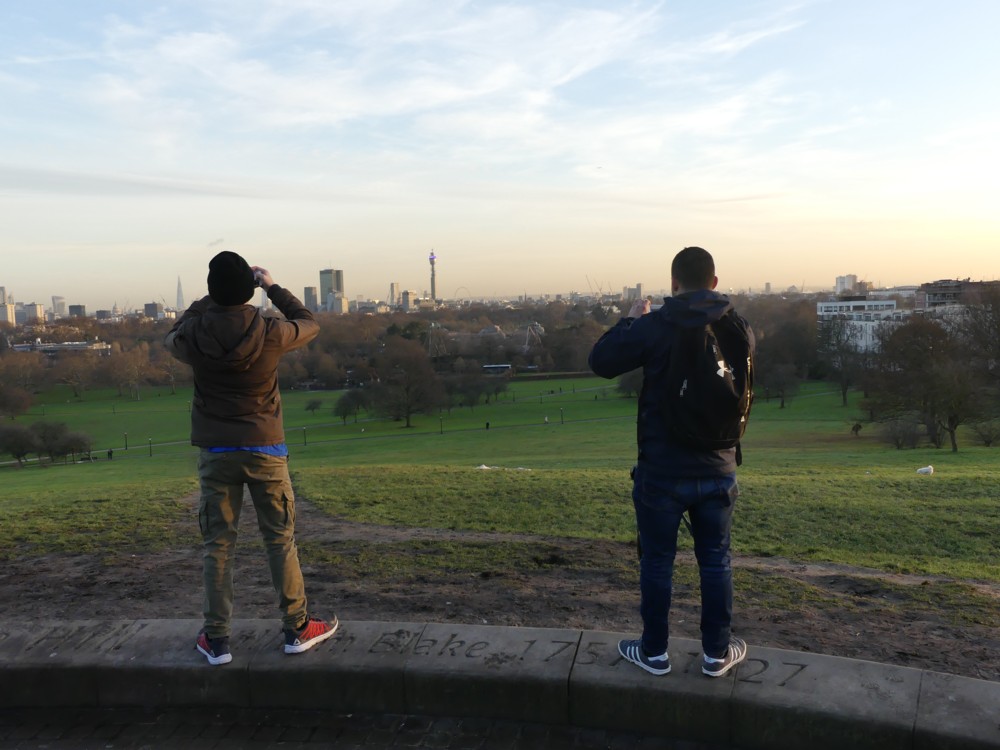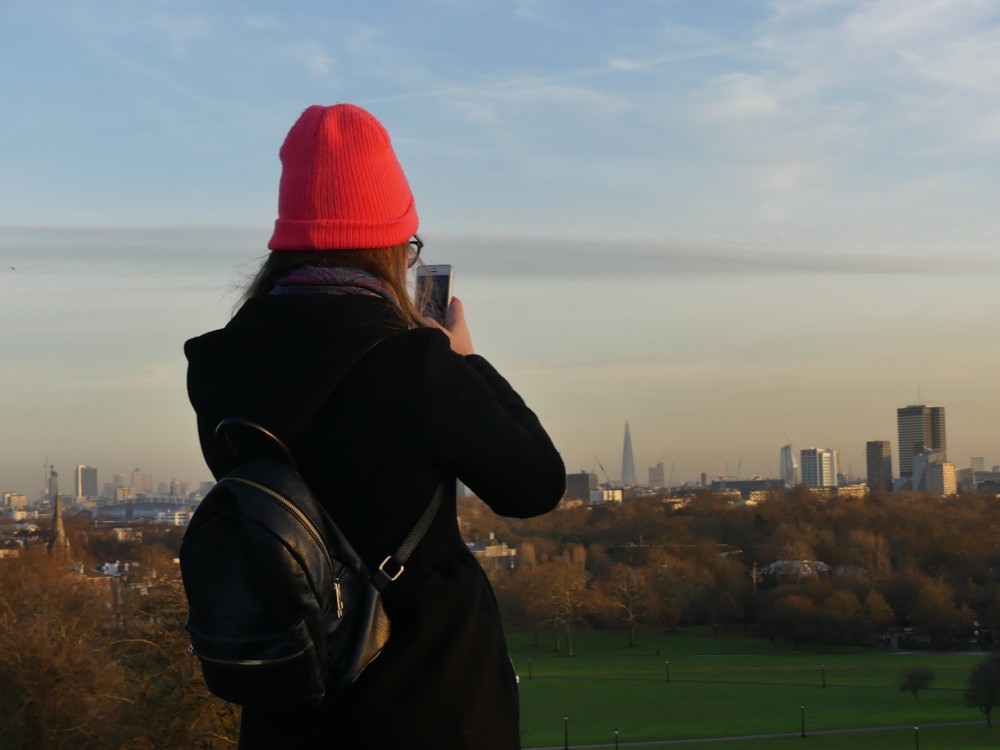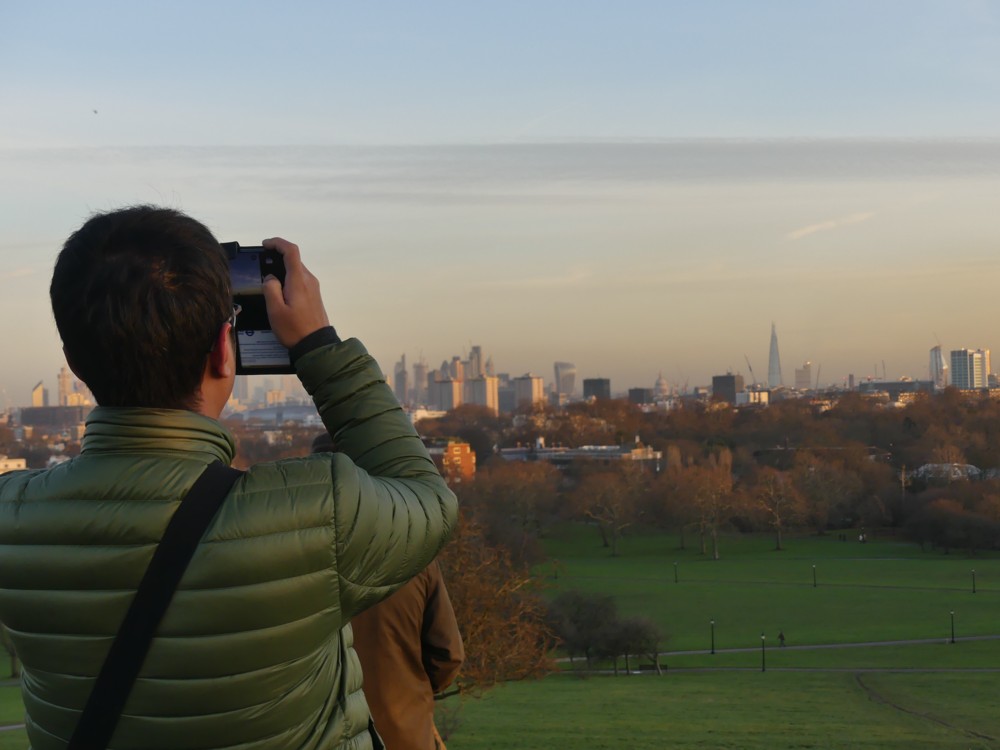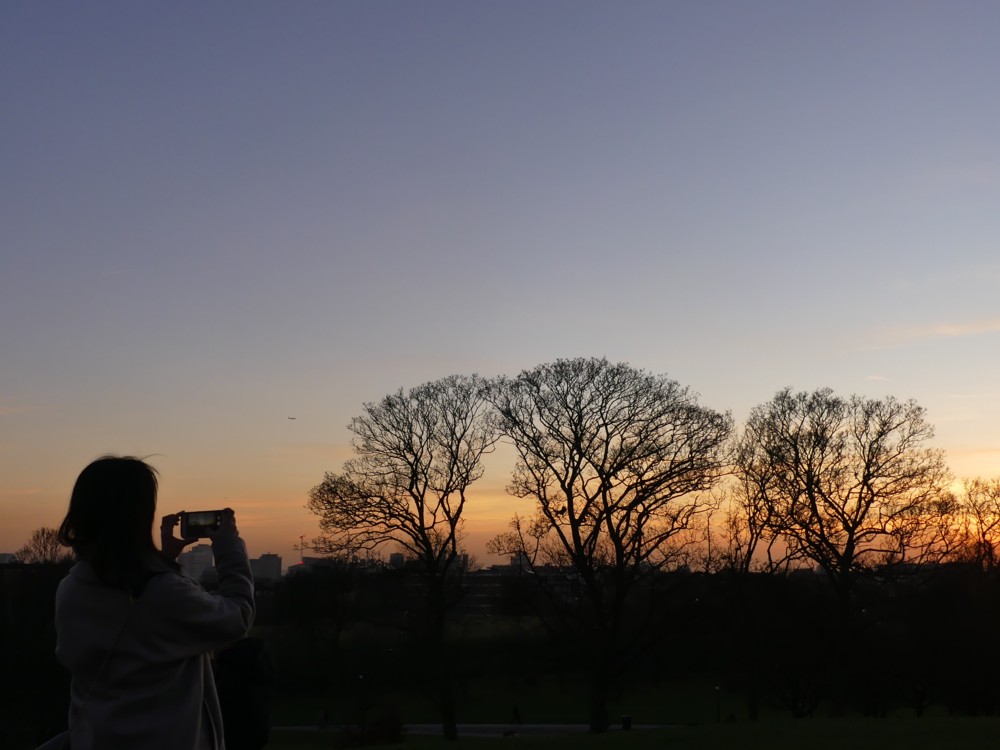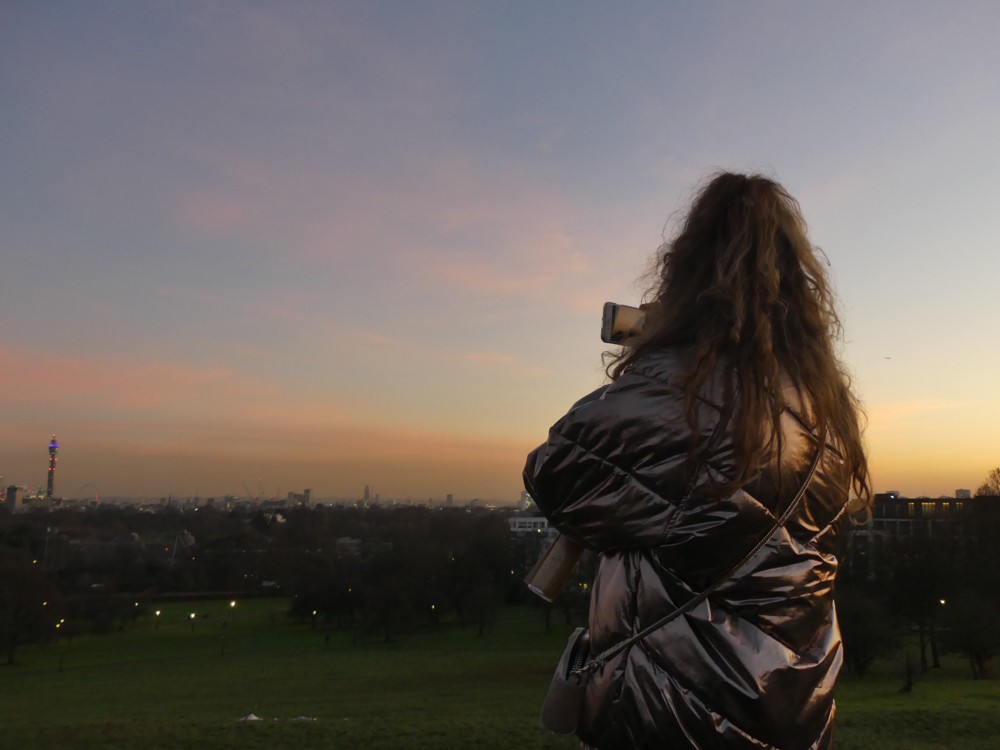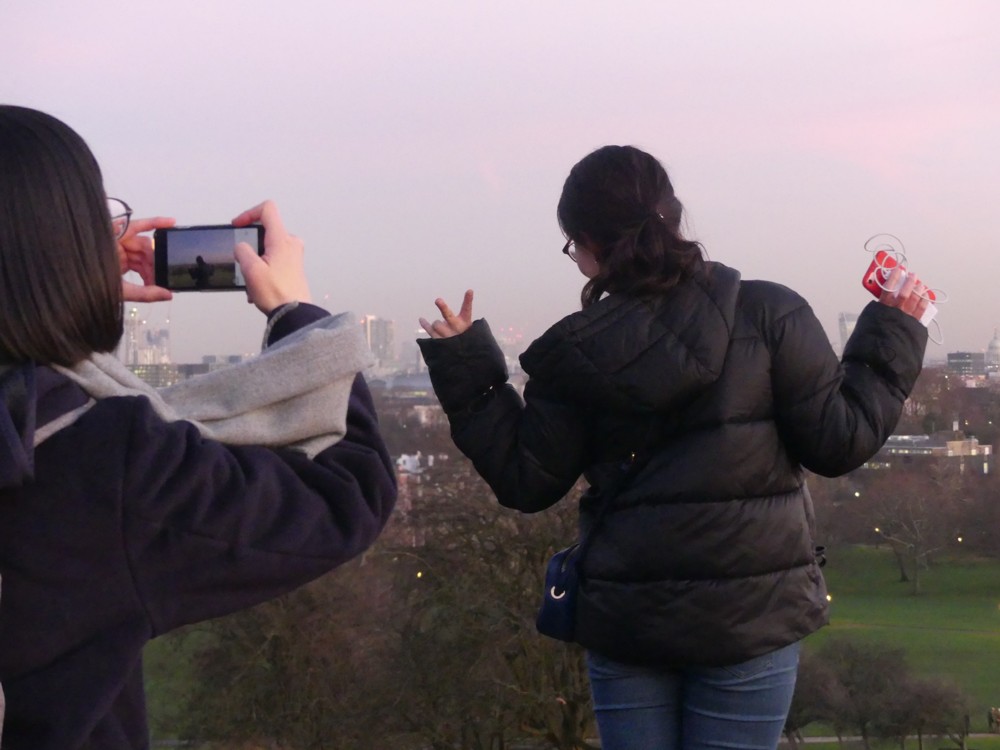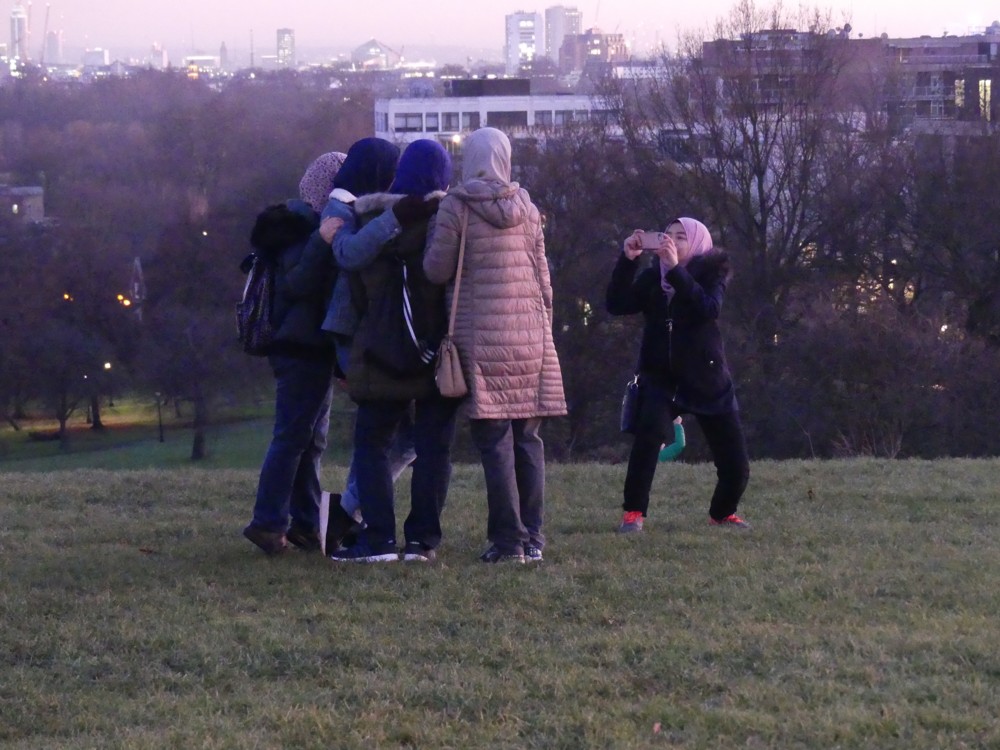Some time at or around 1780, the world’s economy went from being Malthusian to being Modern. Modern as in literally billions of us getting to lead increasingly comfortable lives. The graph of human creature comforts goes from horizontal to something very close to vertical.
Deidre N. McCloskey has written a succession of books about this wondrous transformation. I started reading Bourgeois Dignity: Why Economics Can’t Explain The Modern World, but was disappointed by the lack of original source evidence she presented to justify her opinion that the transformation was, at heart, an ideological one. I agree with this opinion, and hoped she would back it up. Instead she went through all the rival explanations, explaining at exhaustive length why they were wrong, but didn’t seem to say nearly as much as I had hoped about her and my preferred winner. I put the book aside.
Prodded by my friend Alastair James, I have now started reading the first book, The Bourgeois Virtues: Ethics for an Age of Commerce. This is the first one, the one that explains what the transformation was, and in particular its strongly ethical content, and it thus explains more than you usually get told these days about why this transformation was such a very, very good thing. Instead of reading this book searching for what it doesn’t say, I am now reading it for what it does say, and am enjoying it a lot.
Here is how McCloskey concludes her opening summary, her “Apology” (pp. 50-53):
“It is vital,” Ridley declares, “that we reduce the power and scope of the state.” Yes. The freedom half of the Enlightenment Project can support in practical terms the reason half. “It is not to happiness alone,” wrote Constant in 1819, “it is to self-development that our destiny calls us; and political liberty is the most powerful, the most effective means of self-development that heaven has given US.” Secret police and fixed elections and patriarchal oppression of women and unwise attempts to fulfill the two-centuries-old project of reason by regulation and state planning rather than by Adam Smith’s “simple and obvious system of natural liberty” – to name some of the more important assaults on bourgeois human capital – do more damage to our goods and to our goodness than do conventional economic failings.
But is that true? How do I know? The experiments of the twentieth century told me so. It would have been hard to know the wisdom of Milton Friedman or Matt Ridley or Deirdre McCloskey in August 1914, before the experiments were well begun. But anyone who after the twentieth century still thinks that thoroughgoing socialism, nationalism, imperialism, mobilization, central planning, regulation, zoning, price controls, tax policy, labor unions, business cartels, government spending, intrusive policing, adventurism in foreign policy, faith in entangling religion and politics, or most of the other thoroughgoing nineteenth-century proposals for governmental action are still neat, harmless ideas for improving our lives is not paying attention.
In the nineteenth and twentieth centuries ordinary Europeans were hurt, not helped, by their colonial empires. Economic growth in Russia was slowed, not accelerated, by Soviet central planning. American Progressive regulation and its European anticipations protected monopolies of transportation like railways and protected monopolies of retailing like High Street shops and protected monopolies of professional services like medicine, not the consumers. “Protective” legislation in the United States and “family-wage” legislation in Europe subordinated women. State-armed psychiatrists in America jailed homosexuals, and in Russia jailed democrats. Some of the New Deal prevented rather than aided America’s recovery from the Great Depression.
Unions raised wages for plumbers and autoworkers but reduced wages for the nonunionized. Minimum wages protected union jobs but made the poor unemployable. Building codes sometimes kept buildings from falling or burning down but always gave steady work to well-connected carpenters and electricians. Zoning and planning permission has protected rich landlords rather than helping the poor. Rent control makes the poor and the mentally ill unhousable, because no one will build inexpensive housing when it is forced by law to be expensive. The sane and the already-rich get the rent-controlled apartments and the fancy townhouses in once-poor neighborhoods.
Regulation of electricity hurt householders by raising electricity costs, as did the ban on nuclear power. The Securities Exchange Commission did not help small investors. Federal deposit insurance made banks careless with depositors’ money. The conservation movement in the Western United States enriched ranchers who used federal lands for grazing and enriched lumber companies who used federal lands for clear-cutting. American and other attempts at prohibiting trade in recreational drugs resulted in higher drug consumption and the destruction of inner cities. Governments have outlawed needle exchanges and condom advertising, and denied the existence of AIDS.
Germany’s economic Lebensraum was obtained in the end by the private arts of peace, not by the public arts of war. The lasting East Asian Co-Prosperity Sphere was built by Japanese men in business suits, not in dive bombers. Europe recovered after its two twentieth-century hot wars mainly through its own efforts of labor and investment, not mainly through government-to-government charity such as Herbert Hoover’s Commission or George Marshall’s Plan. Government-to-government foreign aid to the third world has enriched tyrants, not helped the poor.
The importation of socialism into the third world, even in the relatively nonviolent form of Congress Party Fabian-Gandhism, unintentionally stifled growth, enriched large industrialists, and kept the people poor. The capitalist-sponsored Green Revolution of dwarf hybrids was opposed by green politicians the world around, but has made places like India self-sufficient in grains. State power in many parts of sub-Saharan Africa has been used to tax the majority of farmers in aid of the president’s cousins and a minority of urban bureaucrats. State power in many parts of Latin America has prevented land reform and sponsored disappearances. State ownership of oil in Nigeria and Mexico and Iraq was used to support the party in power, benefiting the people not at all. Arab men have been kept poor, not bettered, by using state power to deny education and driver’s licenses to Arab women. The seizure of governments by the clergy has corrupted religions and ruined economies. The seizure of governments by the military has corrupted armies and ruined economies.
Industrial policy, from Japan to France, has propped up failing industries such as agriculture and small-scale retailing, instead of choosing winners. Regulation of dismissal has led to high unemployment in Germany and Denmark. In the 1960s, public-housing high-rises in the West inspired by Le Corbusier condemned the poor in Rome and Paris and Chicago to holding pens. In the 1970s, the full-scale socialism of the East ruined the environment. In the 2000s, the “millennial collectivists,” red, green, or communitarian, oppose a globalization that helps the poor but threatens trade union officials, crony capitalists, and the careers of people in Western nongovernmental organizations.
All these experiments of the twentieth century were arranged by governments against bourgeois markets. All of them were disasters. In short, the neoaristocratic, cryptopeasant, proclerisy, antibourgeois theories of the nineteenth century, applied during the twentieth century for taxing, fixing, resisting, modifying, prohibiting, collectivizing, regulating, unionizing, ameliorating, expropriating modern capitalism, failed of their purposes, killed many millions, and nearly killed us all.
By contrast: during the twenty-first century, if we can draw back from the unfreedom of anticapitalism and adopt instead the simple and obvious system of natural liberty, every person on the planet, in Vietnam and Colombia, India and Kenya, can come to have, complements of the bourgeois virtues, the scope of life afforded now to a suburban minority in the West. It’s the Bourgeois Deal: leave me alone to buy low and sell high, and in the long run I’ll make you rich.
If we will let people own things – their houses and businesses, for example; their labor power – and if we let them try to make profit out of the ownership, and if we keep out of people’s lives the tentacles of a government acting as an executive committee of the country club or worse, we will prosper materially and spiritually.
We can have Aristotles, Wang Weis, Newtons, Austens, and Tagores by the dozens. We can have world science and world music and world literature and even world cuisine in richness unparalleled, a spiritual life untrammeled by need, a clean planet, long and happy lives. By the standards typical since Adam’s curse we can have by the year 2100 another Eden. Well … all right: such utopian talk, I have said, has dangers. At least we can have material abundance, and the scope to flourish in higher things. And we can be virtuous about it.
Or we can try once again in our ethical confusion to kill it.




